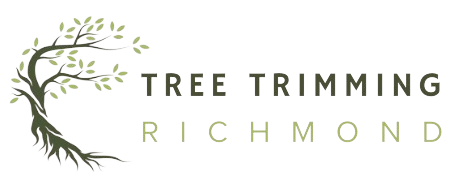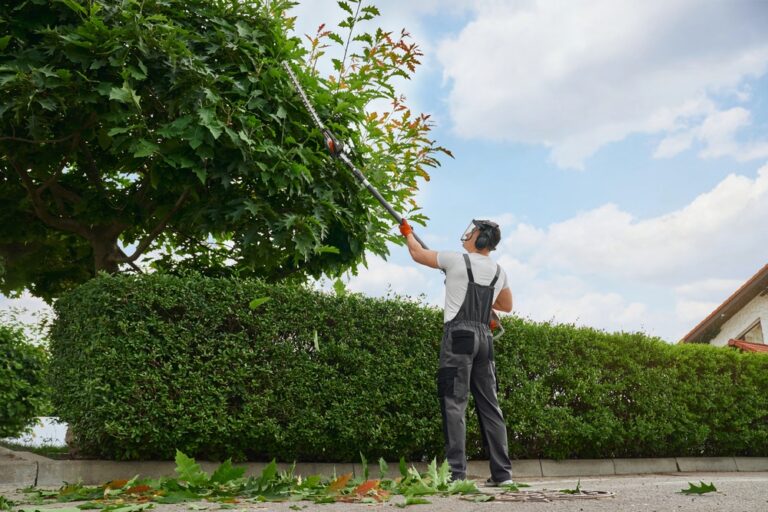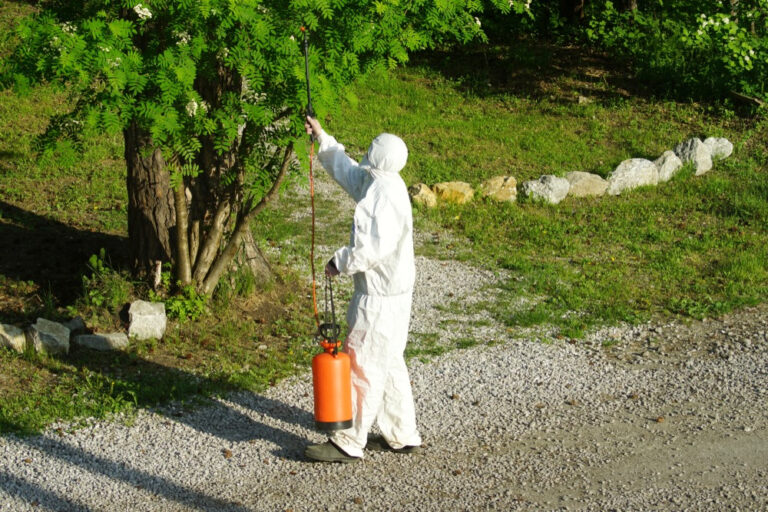Imagine a neighborhood without trees. No shade, no birds singing, and no cool breeze in the summer. Trees do more than beautify our surroundings; they improve air quality, reduce noise pollution, and even boost property values. Research has shown that properties with mature trees can increase in value by up to 20%. Beyond financial benefits, trees play a crucial role in combating urban heat and reducing carbon dioxide levels, making them indispensable in our fight against climate change.
Richmond’s Unique Tree Landscape
Richmond is well-known for its rich history; its tree count is equally legendary. From the delicate dogwoods dotting residential streets to the towering oaks in Byrd Park, the city features a varied assortment of tree species that flourish in its mild temperature. These trees not only accentuate the beauty of the city but also offer important habitat for many species. Maintaining such a variegated tree population, however, calls for committed care and knowledge.
Purpose of This Guide
The several tree services Richmond, Virginia offers will be discussed in this guide. Understanding these services will enable you to make wise judgments whether your business owner is guaranteeing consumer safety or you are a homeowner trying to improve your yard. From basic tree pruning to specialized services like cabling and pest control, this guide covers different tree services in Richmond VA.
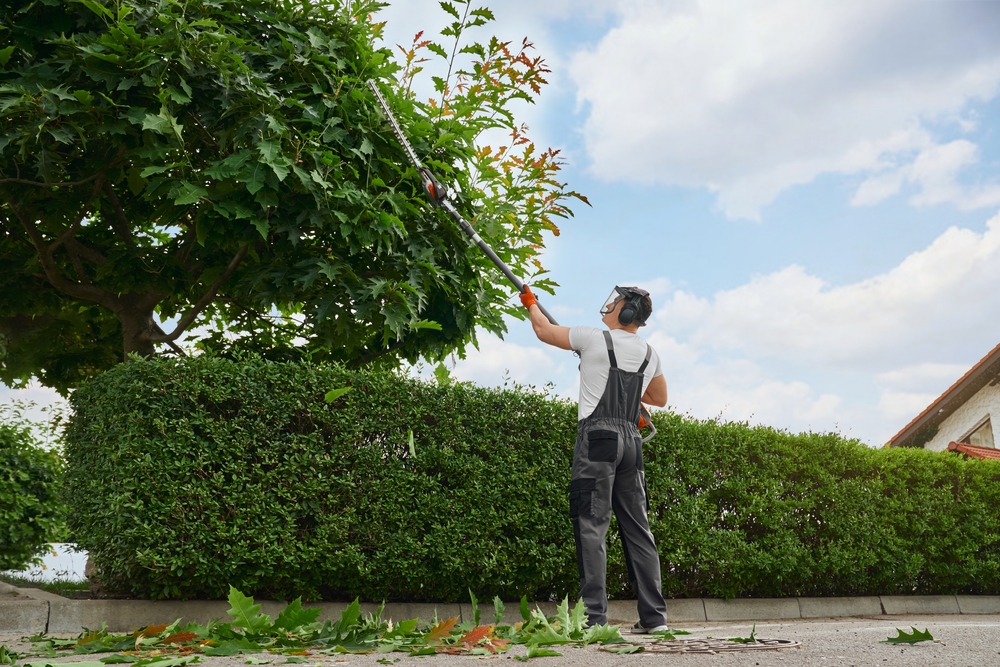
Essential Tree Services
Tree Removal
Reasons for Removal
Sometimes the greater benefit calls for the removal of trees. Typical causes are:
- Disease or Infestation: If not quickly managed, diseased or pest-infected trees can spread the issue to healthy ones.
- Storm Damage: Severe storms can weaken trees, rendering them dangerous for surrounding buildings and humans.
- Safety Hazards: Near pavements, electrical wires, or buildings, overgrown or drooping trees provide serious hazards.
- Construction Needs: Whether it’s a business development or a house extension, trees could have to be removed for upcoming building projects.
- Root Damage: Invasive roots call for removal since they can compromise foundations, walkways, and underground utilities.
Techniques
Tree removal is a complex process that requires expertise and the right equipment. Certified arborists use various techniques depending on the tree’s size, location, and condition:
- Climbing: Carefully chopping the tree piece by piece, arborists ascend it using ropes and harnesses.
- Crane-Assisted Removal: Big or difficult-to-reach trees could call for cranes to securely remove pieces without compromising nearby locations.
- Directional Felling: This approach entails chopping trees in open areas to fall in a particular direction.
Safety Considerations
Tree removal is risky by nature, hence unskilled people should never try it. Certified arborists carry insurance to guard against mishaps or property damage, utilize modern tools, and follow rigorous safety procedures.
Tree Pruning
Benefits of Pruning
Pruning keeps your tree safe, healthy, and appealing, just as if you were giving it a haircut. Regular trimming can:
- Enhance Tree Health: By removing diseased or dead branches, you allow the tree to direct its energy toward healthy growth.
- Improve Aesthetics: Pruned trees improve the appearance of your property and are more aesthetically pleasing.
- Mitigate Risks: Eliminating weak or overgrown branches lowers the chance of limb fall during a storm.
- Boost Fruit Production: Correct pruning can boost fruit quality and raise output for fruit-bearing trees.
Types of Pruning
- Structural Pruning: Emphasizes, especially for young plants, building a strong, healthy branch structure.
- Maintenance Pruning: Requires frequent trimming to form the tree and eliminate overgrown or dead limbs.
- Hazard Reduction Pruning: Targets branches overhanging roofs or roadways that can endanger persons or property.
Tree Planting
Choosing the Right Trees
Planting the right tree in the right location is critical for long-term success. Factors to consider include:
- Climate Compatibility: The temperature of Richmond supports species including dogwoods, red maples, and crepe myrtles.
- Soil Conditions: Test the soil to find the pH and nutrient values fit for your selected tree.
- Space Availability: Think about the mature height and root spread of the tree to prevent future disputes with other plants or buildings.
- Purpose: Are privacy, aesthetics, or shade what you are seeking? Your intention will affect the tree you choose.
Planting Techniques
Giving your tree the best possibility to flourish depends on correct planting. Important actions include:
- Digging the Right-Sized Hole: The hole should be somewhat shallower than the root ball and twice as wide.
- Positioning the Tree: Make sure the root flare is either exactly at ground level or slightly higher.
- Amending the Soil: Add organic stuff, if needed, to raise the quality of the soil.
- Watering and Mulching: After planting, thoroughly water and spread mulch to control soil temperature and hold moisture.
Post-Planting Care
Young planted plants are delicate and need constant attention.
- Especially during dry times, water often.
- As necessary to encourage good development, fertilize.
- Track for symptoms of illness or stress and take quick care of problems.
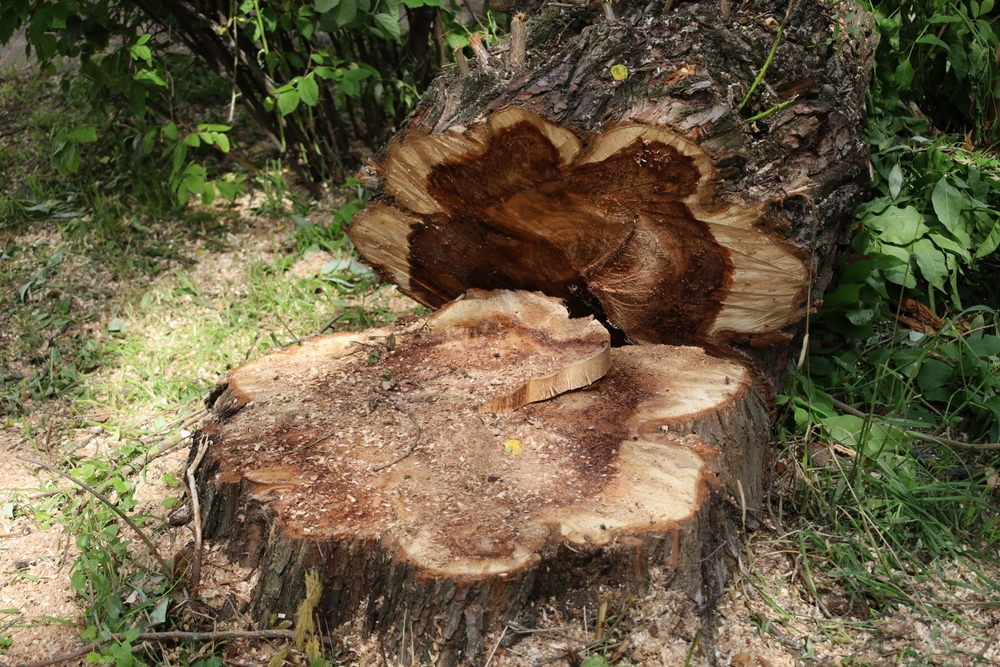
Specialized Tree Services
Tree Cabling and Bracing
Purpose
Certain trees have structural flaws that increase their likelihood of breaking or toppling. Additional support from cabling and bracing helps these trees resist wind, storms, and the weight of big limbs.
Techniques
- Static Cabling: For trees with serious structural problems, steel cables provide appropriate stiff support.
- Dynamic Cabling: uses flexible cables that let for natural movement and minimize stress on weak places.
- Bracing Rods: Installed to reinforce the tree’s trunk or branch junctions.
Tree Disease and Pest Control
Common Tree Problems in Richmond
Richmond’s trees must overcome several difficulties, including:
- Anthracnose: A fungal disease producing defoliation, wilting, and leaf spots.
- Emerald Ash Borer: an invading bug that specifically targets ash trees, usually causing their death.
- Powdery Mildew: a fungal infection compromising leaves, therefore impairing the tree’s photosynthetic capacity.
Treatment Options
- Fungicides: Applied to control powdery mildew and fungal illnesses including anthracnose.
- Insecticides: Used to manage pests such as the emerald ash borer.
- Cultural Practices: Improving soil health and watering practices to boost tree resilience.
- Integrated Pest Management (IPM): a complete strategy involving focused treatments, prevention, and monitoring.
Tree Stump Grinding
Benefits
Tree stumps can be more than just an eyesore. Removing tree stump them offers several advantages:
- Enhanced Aesthetics: A yard free of stumps that is kept clean looks better.
- Improved Safety: Removes tripping risks, particularly with relation to dogs and youngsters.
- Prevents Regrowth: Grinding guarantees the stump won’t start fresh shoots.
- Facilitates Landscaping: Creates room for fresh grass, hardscaping, or plants.
Grinding Process
Stump grinding includes utilizing a specialized equipment to shred the stump into little wood chips. The grinder goes below ground level, leaving the area ready for reseeding or replanting.
Emergency Tree Services
Storm Damage Response
Richmond’s weather can be erratic; storms can seriously harm trees. Services related to emergency tree care:
- Take trash and fallen trees out.
- Address immediate hazards, such as branches on power lines.
- Stabilizing damaged trees helps to stop more property damage.
24/7 Availability
Emergencies don’t wait for business hours. Tree service providers offering 24/7 availability ensure that you get help when you need it most, whether it’s late at night or during a holiday.
Choosing the Right Tree Service in Richmond
Factors to Consider
Experience and Certifications
Select businesses with qualified arborists who can manage your tree care requirements. One useful measure of quality is certification from groups like the International Society of Arboriculture (ISA).
Insurance and Licensing
Make sure the business holds insurance to guard against liabilities and licenses to run in Richmond.
Customer Reviews and Testimonials
Make sure the business holds insurance to guard against liabilities and licenses to run in Richmond.
Free Estimates
Before deciding, get thorough, written quotes from several firms to weigh costs and offerings.
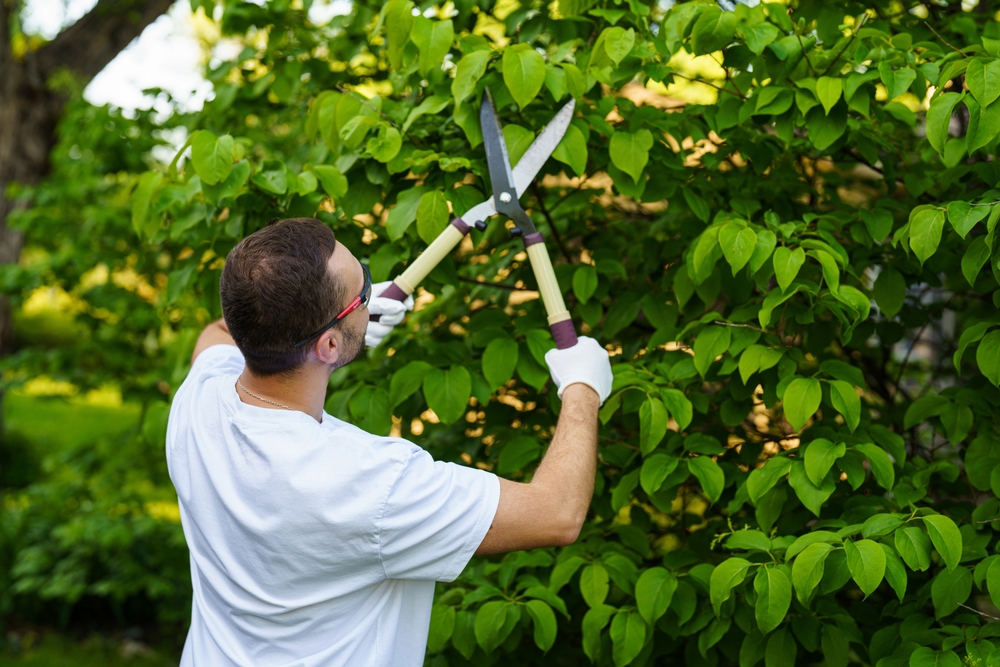
Conclusion
Taking care of your trees makes an investment in your house and the surroundings. Richmond’s tree service providers are ready to manage it all, from basic tasks like trimming and planting to specialist options including disease prevention and emergency response.
Wait not for an issue to develop. To have your trees healthy, safe, and attractive for years to come, contact a Richmond certified arborist right now.
Tree Trimming Richmond
(804) 533-3943
https://treetrimmingrichmond.com/
